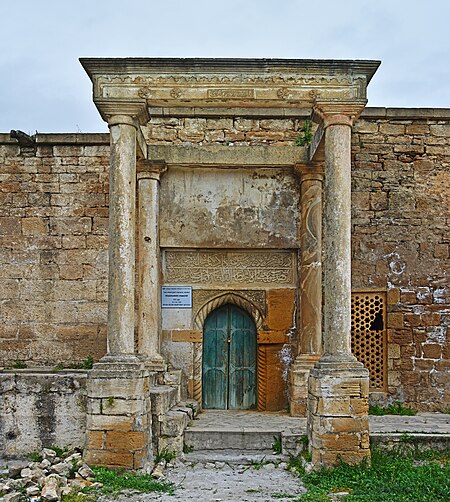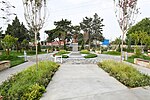Nizamaddin Mosque
Architecture in AzerbaijanMosques in Baku

Nizamaddin Mosque is a 14th-century mosque located in the Amirjan settlement of Baku, Azerbaijan. After Azerbaijan regained its independence, the building was included in the list of the country's significant immovable historical and cultural monuments by the decision numbered 132 of the Cabinet of Ministers of the Republic of Azerbaijan on August 2, 2001.
Excerpt from the Wikipedia article Nizamaddin Mosque (License: CC BY-SA 3.0, Authors, Images).Nizamaddin Mosque
Əmir Nizaməddin küç., Surakhany Raion
Geographical coordinates (GPS) Address Nearby Places Show on map
Geographical coordinates (GPS)
| Latitude | Longitude |
|---|---|
| N 40.42 ° | E 49.9868 ° |
Address
Nizaməddin Məscidi \ Əmircan
Əmir Nizaməddin küç.
1049 Surakhany Raion
Baku Ekonomic Zone, Azerbaijan
Open on Google Maps








